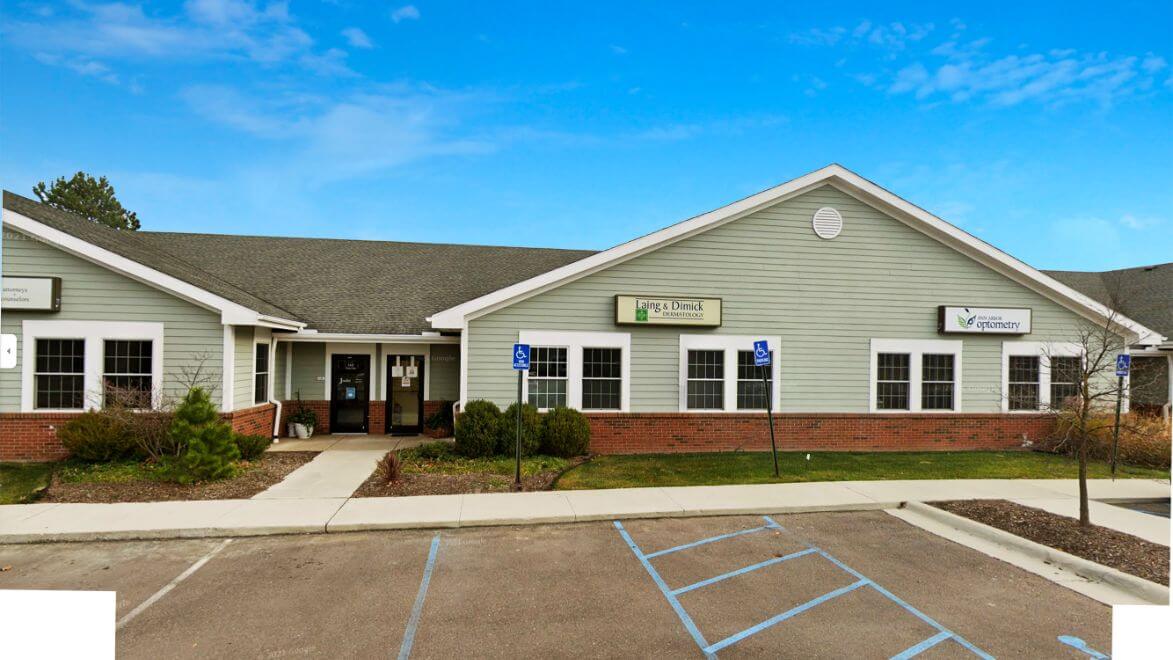The Evolution of Skin Cancer Treatments: Innovations and Breakthroughs
Progress in Skin Cancer Treatments
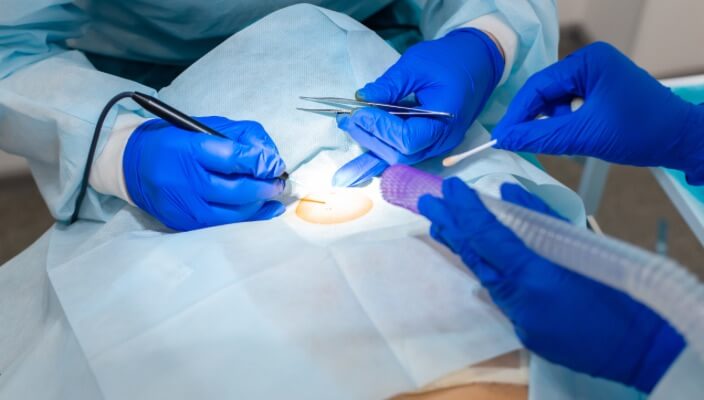 Skin cancer, one of the most prevalent types of cancer, has witnessed a transformative journey in its treatment landscape. Over the years, innovations and breakthroughs have reshaped the approach to managing this condition, offering new hope and improved outcomes for patients. In this exploration, we delve into the evolution of skin cancer treatments and the groundbreaking developments that are shaping the future of skin cancer care.
Skin cancer, one of the most prevalent types of cancer, has witnessed a transformative journey in its treatment landscape. Over the years, innovations and breakthroughs have reshaped the approach to managing this condition, offering new hope and improved outcomes for patients. In this exploration, we delve into the evolution of skin cancer treatments and the groundbreaking developments that are shaping the future of skin cancer care.
Embrace a future where every step is guided by expertise, promising effective and user-friendly solutions for healthier, happier skin.
Revolutionizing Surgical Techniques
Harnessing the Power of Immunotherapy
Precision in Targeted Therapies and Emerging Innovations
Traditional Approaches and Progress
In the past, skin cancer treatments like surgery, chemotherapy, and radiation were common but had drawbacks. These limitations prompted a search for better alternatives.
Modern Surgical Precision
Surgical techniques have evolved for precision and aesthetics. Mohs surgery, with its meticulous removal method, minimizes tissue impact, especially beneficial for facial areas.
Empowering the Immune System:
Immunotherapy has transformed cancer treatment by leveraging the body's immune system. Checkpoint inhibitors like pembrolizumab and nivolumab show significant success and offer a more tolerable experience for patients.
Illuminating Treatment Paths with PDT
Photodynamic Therapy (PDT), a gentle and non-invasive treatment, uses light-activated agents to treat skin cancers and precancerous lesions. With minimized damage and a focus on favorable cosmetic outcomes, PDT exemplifies a patient-friendly approach.
Anticipating Future Breakthroughs
Ongoing research and clinical trials are paving the way for innovative skin cancer therapies, showcasing a commitment to advancing options and improving patient outcomes.
Prioritizing Patients in Skin Cancer Care
A fundamental shift towards patient-centric care is at the heart of this evolution. Tailoring treatment plans to individual needs ensures a holistic and personalized approach, emphasizing the importance of preserving the quality of life for every patient.
Skin Cancer Treatment Options
Navigating Tomorrow's Skin Care with Pinnacle Dermatology
In the realm of skin cancer treatments, we're shifting from old-school to cutting-edge. Advances in surgery, immunotherapy, and emerging treatments prioritize your well-being. Standing on the brink of breakthroughs, the future promises more effective, personalized, and user-friendly interventions in the fight against skin cancer.
Stay informed and consult Pinnacle Dermatology for the latest insights and tailored plans, ensuring optimal care for your unique needs. As we move toward healthier skin, Pinnacle Dermatology is paving the way for a future where top-notch care and user-friendly solutions go hand in hand.
Featured Products for Sun Safety
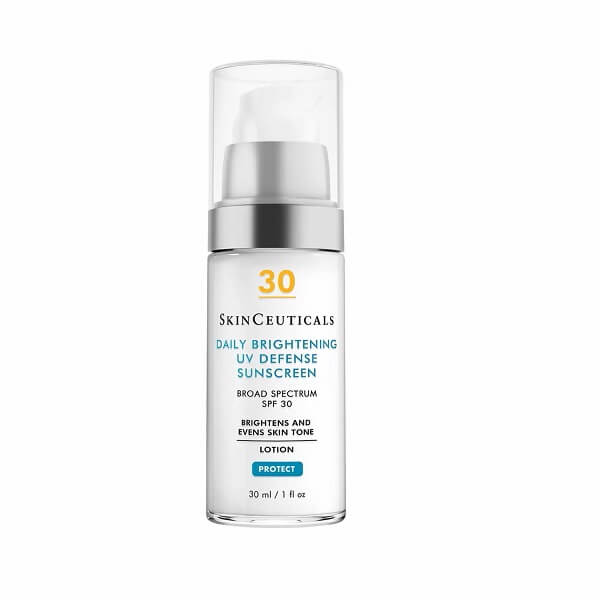
SkinCeuticals Daily Brightening UV Defense Sunscreen SPF 30
Daily Brightening UV Defense Sunscreen SPF 30 combines broad spectrum UV protection with a potent blend of discoloration-correcting and hydrating ingredients for brighter, more even skin. 1% tranexamic acid, 2% niacinamide, and 0.3% phenylethyl resorcinol help reduce existing discoloration while broad spectrum chemical UV filters help protect against future sun damage. 1 fl oz / 30 mL
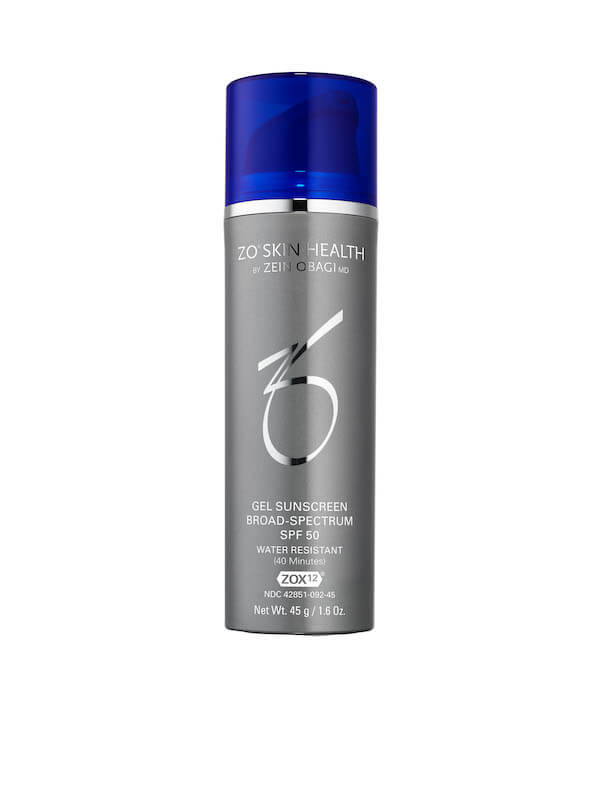
ZO® Gel Sunscreen Broad-Spectrum SPF 50
A clear and unscented gel sunscreen with a complexion-smoothing finish for all skin tones. Exclusive antioxidant + plant stem cell complexes minimize the aging effects of environmental aggressors. Water and sweat resistant up to 40 minutes. Fragrance-free. 45 g / 1.6 Oz.
Featured Blogs

- Skin Cancer
- Skin Exams
- Sun Safety
When it comes to skin cancer detection, the saying "better safe than sorry" couldn't be more appropriate.
Read More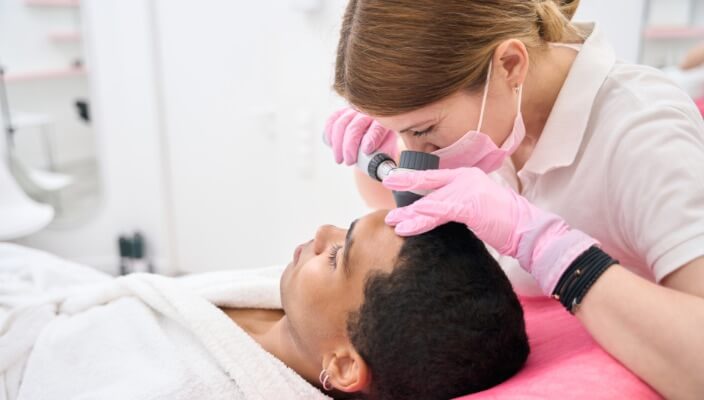
- Skin Cancer
- Skin Exams
Uncover crucial facts about skin cancer prevention, dispel myths, and stress the significance of sun protection and regular skin checks, all underlined by compelling statistics.
Read More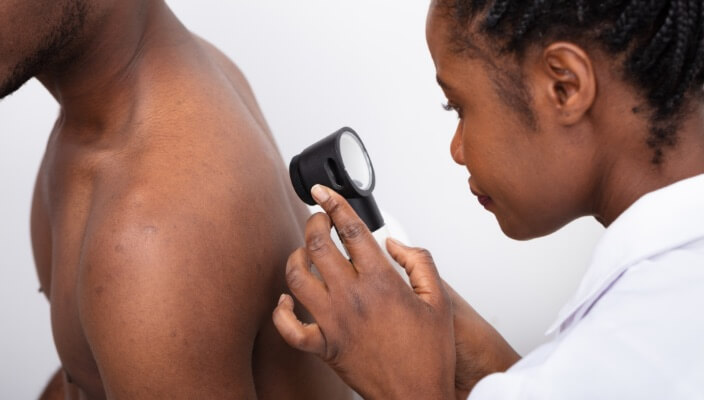
- Skin Cancer
- Skin Exams
Total Body Skin Exams (TBSEs) are crucial for healthy skin. Learn more about the importance of TBSEs and skin cancer detection.
Read More


